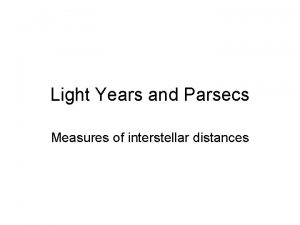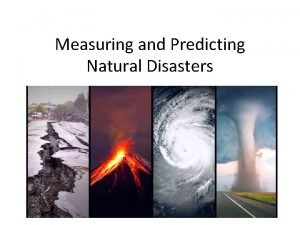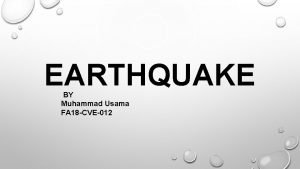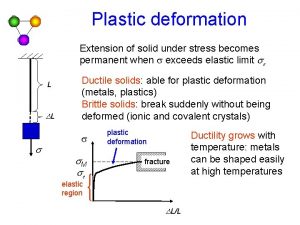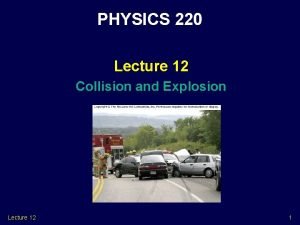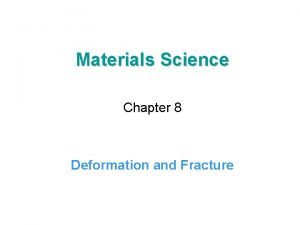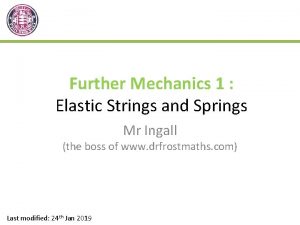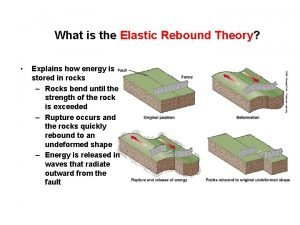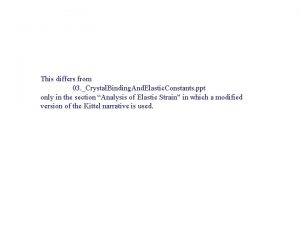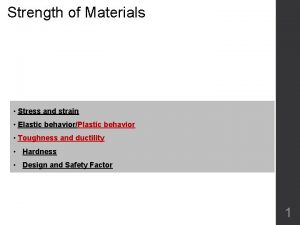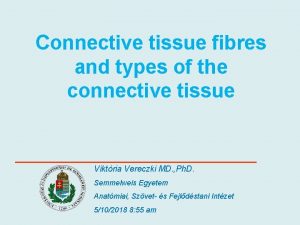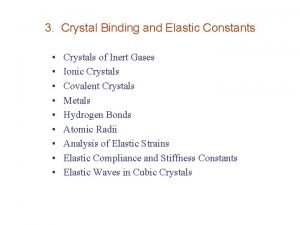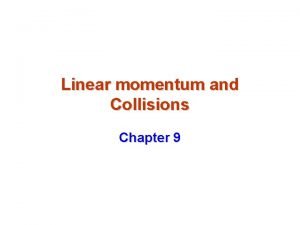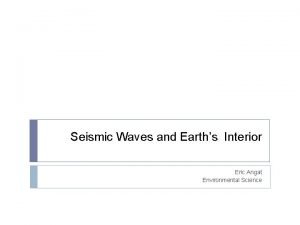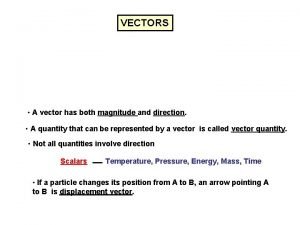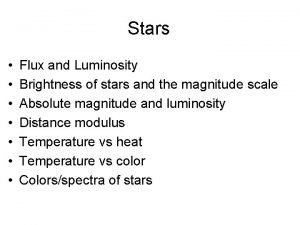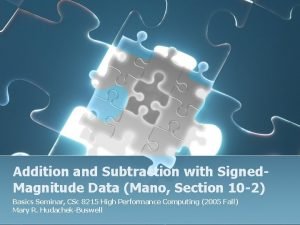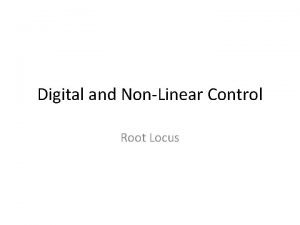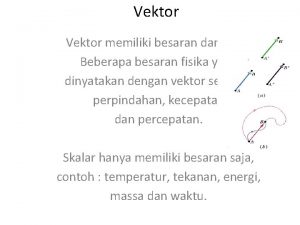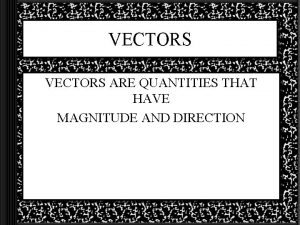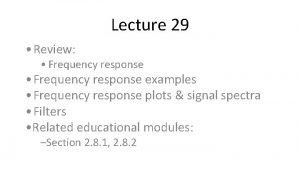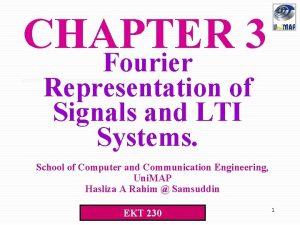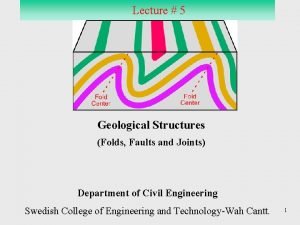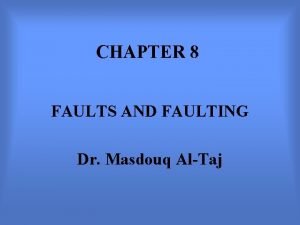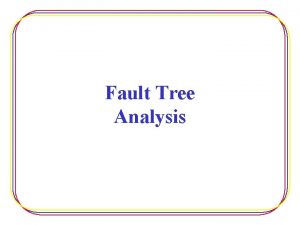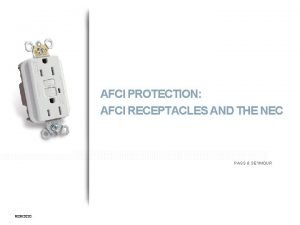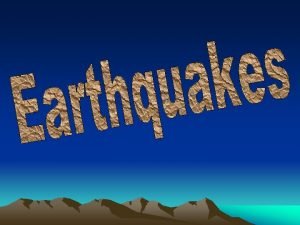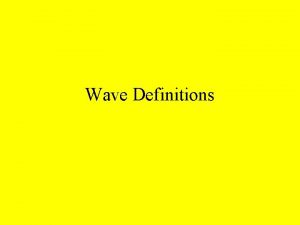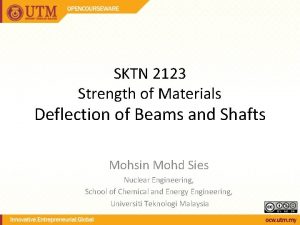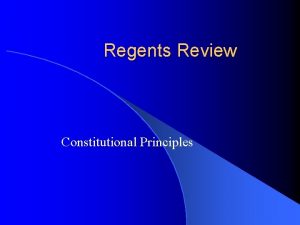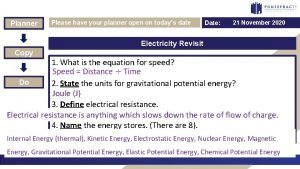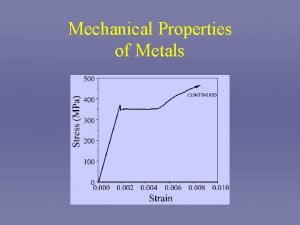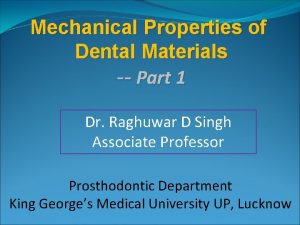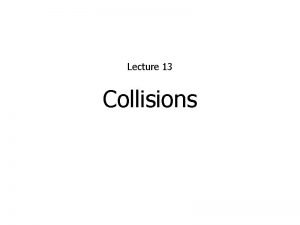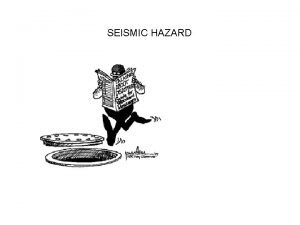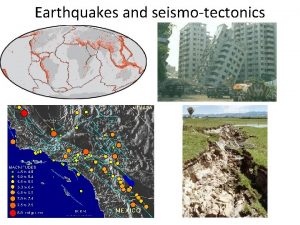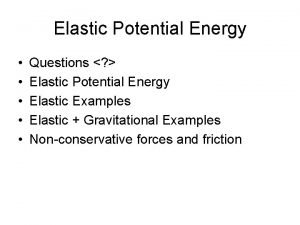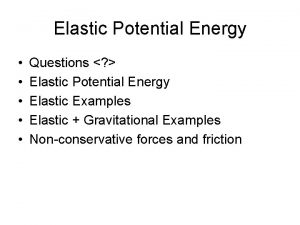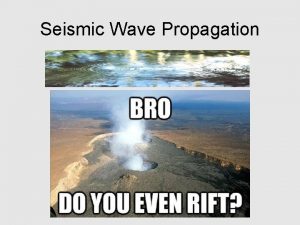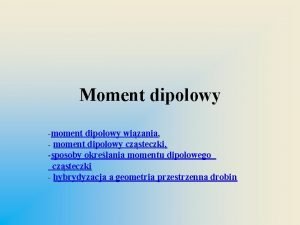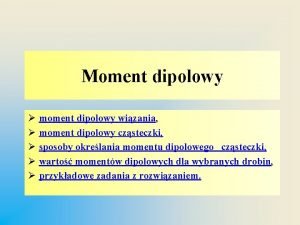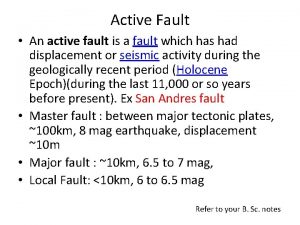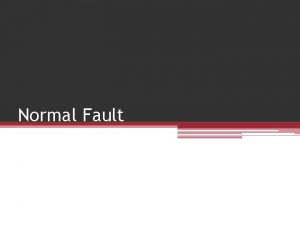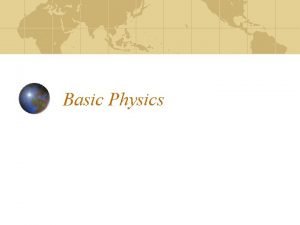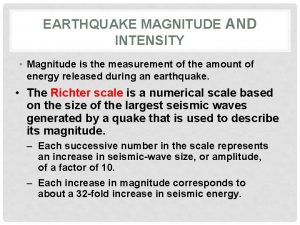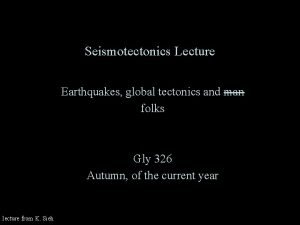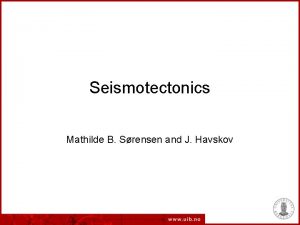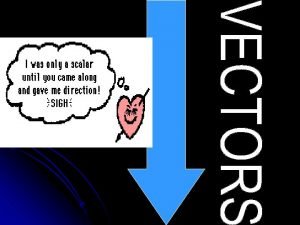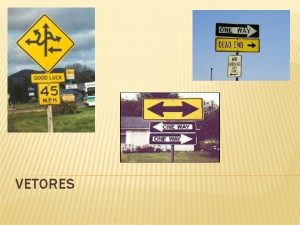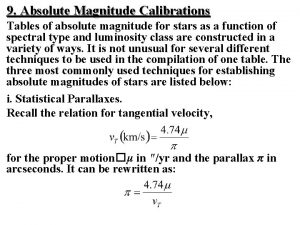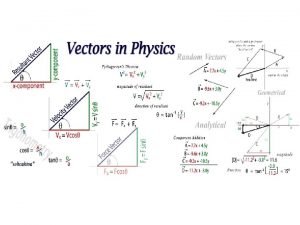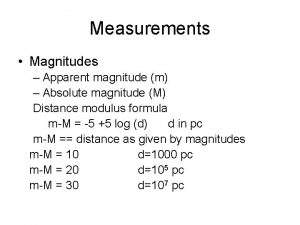Seismotectonics Seismic moment and magnitude Fault scarps Elastic
















































- Slides: 48

Seismotectonics Seismic moment and magnitude • • • Fault scarps Elastic rebound Richter scale Energy of earthquakes Seismic moment Fault area, horizontal slip Fault plane solutions • • Seismology and the Earth’s Deep Interior Fault displacement and double couple Source radiation pattern Beach balls Fault plane solutions Seismic sources

Fault scarps California Seismology and the Earth’s Deep Interior Seismic sources

Fault scarps Grand Canyon Seismology and the Earth’s Deep Interior Seismic sources

Fault scarps California Seismology and the Earth’s Deep Interior Seismic sources

Fault scarps California Seismology and the Earth’s Deep Interior Seismic sources

Fault scarps Taiwan Seismology and the Earth’s Deep Interior Seismic sources

Fault scarps Taiwan Seismology and the Earth’s Deep Interior Seismic sources

Elastic rebound Seismology and the Earth’s Deep Interior Seismic sources

Fault types Basis fault types and their appearance in the focal mechanisms. Dark regions indicate compressional P-wave motion. Seismology and the Earth’s Deep Interior Seismic sources

Radiation from shear dislocation First motion of P waves at seismometers in various directions. The polarities of the observed motion is used to determine the point source characteristics. Seismology and the Earth’s Deep Interior Seismic sources

Focal Mechanisms Focal mechanism for an oblique-slip event. P-wave polarities and relative amplitudes Seismology and the Earth’s Deep Interior S-wave polarizations and amplitudes Seismic sources

Seismic sources The basic physical model for a source is two fault planes slipping in opposite directions Seismology and the Earth’s Deep Interior Seismic sources

Seismic sources Our goal: find the fault plane and the slip direction Seismology and the Earth’s Deep Interior Seismic sources

Seismic sources The radiation from seismic sources is in general strongly direction-dependent Seismology and the Earth’s Deep Interior Seismic sources

Radiation from a point source Geometry we use to express the seismic wavefield radiated by point doublecouple source with area A and slip Du Here the fault plane is the x 1 x 2 -plane and the slip is in x 1 direction. Which stress components are affected? Seismology and the Earth’s Deep Interior Seismic sources

Radiation from a point source … one of the most important results of seismology! … Let’s have a closer look … u ground displacement as a function of space and time r density r distance from source Vs shear velocity Vp P-velocity N near field IP/S intermediate field FP/S far field M 0 seismic moment Seismology and the Earth’s Deep Interior Seismic sources

Radiation from a point source Near field term contains the static deformation Intermediate terms Far field terms: the main ingredient for source inversion, ray theory, etc. Seismology and the Earth’s Deep Interior Seismic sources

Radiation pattern Far field P – blue Far field S - red Seismology and the Earth’s Deep Interior Seismic sources

Seismic moment M 0 m <Du(t)> A Seismology and the Earth’s Deep Interior seismic moment rigidity average slip fault area Note that the far-field displacement is proportional to the moment rate! Seismic sources

Seismograms Typical moment M(t) Horizontal displacement 5 km away from the source Seismology and the Earth’s Deep Interior Seismic sources

Velocity seismograms M 6. 5 point source Displacement (static near-field effects) Velocity Seismology and the Earth’s Deep Interior Seismic sources

Rotational seismograms M 6. 5 point source Rotation (static near-field effects) Rotation rate Seismology and the Earth’s Deep Interior Seismic sources

Moment tensor components Point sources can be described by the seismic moment tensor M. The elements of M have clear physical meaning as forces acting on particular planes. Seismology and the Earth’s Deep Interior Seismic sources

Beachballs and moment tensor explosion - implosion vertical strike slip fault vertical dip slip fault 45° dip thrust fault compensated linear vector dipoles Seismology and the Earth’s Deep Interior Seismic sources

Fault types Basis fault types and their appearance in the focal mechanisms. Dark regions indicate compressional P-wave motion. Seismology and the Earth’s Deep Interior Seismic sources

Beachballs - Iceland Fried eggs: simultaneous vertical extension and horizontal compression Seismology and the Earth’s Deep Interior Seismic sources

Beachballs - Himalaya Seismology and the Earth’s Deep Interior Seismic sources

Beachballs - global Seismology and the Earth’s Deep Interior Seismic sources

Equivalent Forces: concepts The actual slip process is described by superposition of equivalent forces acting in space and time. Seismology and the Earth’s Deep Interior Seismic sources

26 Dec 2004 02: 00 MET Verschiebung am Meeresboden Seismology and the Earth’s Deep Interior Seismic sources

Simulation of rotational motions in 3 D (heterogeneous) media: finite faults Mw: 6. 5 L: 23 km W: 14 km Le: 1 x 1 km N: 22 x 14 Haskell rupture model Strike slip (Results shown for homogeneous model ) Seismology and the Earth’s Deep Interior Seismic sources

Static Displacements Ground displacement at the surface of a vertical strike slip. Top right: fault parallel motion Lower left: fault perpendicular motion Lower right: vertical motion Seismology and the Earth’s Deep Interior Seismic sources

Co-seismic deformation Simulated deformation Observed deformation Source Kim Olsen, UCSB Seismology and the Earth’s Deep Interior Seismic sources

Static Displacements after Turkey earthquake 1999. Seismology and the Earth’s Deep Interior Seismic sources

Source kinematics Slip rate as a function of various fault conditions (Landers earthquake) Source: K Olsen, UCSB Seismology and the Earth’s Deep Interior Seismic sources

Source kinematics Seismology and the Earth’s Deep Interior Seismic sources

Source directivity When a finite fault ruptures with velocity vr, the time pulse is a boxcar with duration TR = L(1/vr-cos(q/v)) Seismology and the Earth’s Deep Interior Seismic sources

Source directivity The energy radiation becomes strongly anisotropy (Dopple effect). In the direction of rupture propagation the energy arrives within a short time window. Seismology and the Earth’s Deep Interior Seismic sources

Source kinematics Point source characteristics (source moment tensor, rise time, source moment, rupture dimensions) give us some estimate on what happened at the fault. However we need to take a closer look. We are interested in the space-time evolution of the rupture. Here is the fundamental concept: The recorded seismic waves are a superpositions of many individual double-couple point sources. This leads to the problem of estimating this space-time behavior from observed (near fault) seismograms. The result is a kinematic description of the source. Seismology and the Earth’s Deep Interior Seismic sources

Seismic moment Seismologists measure the size of an earthquake using the concept of seismic moment. It is defined as the force times the distance from the center of rotation (torque). The moment can be expressed suprisingly simple as: M 0 seismic moment m Rigidity A fault area d slip/displacement Seismology and the Earth’s Deep Interior Seismic sources

Seismic moment Seismology and the Earth’s Deep Interior Seismic sources

Seismic moment Seismology and the Earth’s Deep Interior Seismic sources

Seismic moment There are differences in the scaling of large and small earthquakes Seismology and the Earth’s Deep Interior Seismic sources

Seismic moment - magnitude There is a standard way of converting the seismic moment to magnitude Mw: Seismology and the Earth’s Deep Interior Seismic sources

Seismic energy Richter developed a relationship between magnitude and energy (in ergs) . . . The more recent connection to the seismic moment (dyne-cm) (Kanamori) is Seismology and the Earth’s Deep Interior Seismic sources

Seismic energy (Examples) Richter TNT for Seismic Example Magnitude Energy Yield (approximate) -1. 5 1. 0 1. 5 2. 0 2. 5 3. 0 3. 5 4. 0 4. 5 5. 0 5. 5 6. 0 6. 5 7. 0 7. 5 8. 0 8. 5 9. 0 10. 0 12. 0 6 ounces 30 pounds 320 pounds 1 ton 4. 6 tons 29 tons 73 tons 1, 000 tons 5, 100 tons 32, 000 tons 80, 000 tons 1 million tons 5 million tons 32 million tons 160 million tons 1 billion tons 5 billion tons 32 billion tons 1 trillion tons 160 trillion tons Seismology and the Earth’s Deep Interior Breaking a rock on a lab table Large Blast at a Construction Site Large Quarry or Mine Blast Small Nuclear Weapon Average Tornado (total energy) Little Skull Mtn. , NV Quake, 1992 Double Spring Flat, NV Quake, 1994 Northridge, CA Quake, 1994 Hyogo-Ken Nanbu, Japan Quake, 1995; Largest Thermonuclear Weapon Landers, CA Quake, 1992 San Francisco, CA Quake, 1906 Anchorage, AK Quake, 1964 Chilean Quake, 1960 (San-Andreas type fault circling Earth) (Fault Earth in half through center, OR Earth's daily receipt of solar energy) Seismic sources

Richter Scale Determination of the magnitude of an earthquake graphically. Seismology and the Earth’s Deep Interior Seismic sources

Seismic sources Far away from the source (far-field) seismic sources are best described as point-like double couple forces. The orientation of the inital displacement of P or S waves allows estimation of the orientation of the slip at depth. The determination of this focal mechanism (in addition to the determination of earthquake location) is one of the routine task in observational seismology. The quality of the solutions depends on the density and geometry of the seismic station network. The size of earthquakes is described by magnitude and the seismic moment. The seismic moment depends on the rigidity, the fault area and fault slip in a linear way. Fault scarps at the surface allow us to estimate the size of earthquakes in historic times. Seismology and the Earth’s Deep Interior Seismic sources
 Elastic cartilage elastic fibers
Elastic cartilage elastic fibers Magnitude formula
Magnitude formula Moment magnitude scale vs richter
Moment magnitude scale vs richter Earthquake scale
Earthquake scale What is moment magnitude scale
What is moment magnitude scale Plastic deformation
Plastic deformation Elastic and inelastic collision
Elastic and inelastic collision Elastic and plastic deformation
Elastic and plastic deformation Ceiiinosssttuu
Ceiiinosssttuu Define connective tissues
Define connective tissues A freight train is being assembled in a switching yard
A freight train is being assembled in a switching yard What does the elastic rebound theory explains?
What does the elastic rebound theory explains? Compliance and elastic recoil
Compliance and elastic recoil Crystal binding and elastic constants
Crystal binding and elastic constants Elastic strain and plastic strain
Elastic strain and plastic strain Compliance and stiffness
Compliance and stiffness Classification of connective tissue
Classification of connective tissue Elastic collision video
Elastic collision video Crystal binding and elastic constants
Crystal binding and elastic constants Qualities of fresh fish
Qualities of fresh fish Elastic and inelastic collisions examples
Elastic and inelastic collisions examples Seismic wire rope cable bracing manufacturers
Seismic wire rope cable bracing manufacturers Which seismic wave refracts and cannot penetrate the core
Which seismic wave refracts and cannot penetrate the core Has both magnitude and direction
Has both magnitude and direction Flux to luminosity
Flux to luminosity Flowchart for signed magnitude addition and subtraction
Flowchart for signed magnitude addition and subtraction Root locus break in and break away points
Root locus break in and break away points Panjang vektor rumus
Panjang vektor rumus Magnitude of a vecotr
Magnitude of a vecotr Frequency response
Frequency response Discrete time fourier series
Discrete time fourier series Folds faults and joints
Folds faults and joints Throw and heave of fault
Throw and heave of fault Fault tree analysis advantages and disadvantages
Fault tree analysis advantages and disadvantages Fault and performance management
Fault and performance management Pass and seymour arc fault receptacle
Pass and seymour arc fault receptacle Moho
Moho What is elastic medium
What is elastic medium Elastic rebound theory
Elastic rebound theory Singularity function triangular distributed load
Singularity function triangular distributed load Elastic clause definition simple
Elastic clause definition simple Mxgxh formula
Mxgxh formula Perfectly inelastic collision
Perfectly inelastic collision Elastic strain recovery
Elastic strain recovery Resilience in dental materials
Resilience in dental materials Unitary elastic.
Unitary elastic. How to find kinetic energy lost in inelastic collision
How to find kinetic energy lost in inelastic collision Potential energy in spring
Potential energy in spring Definition of kinetic energy
Definition of kinetic energy

